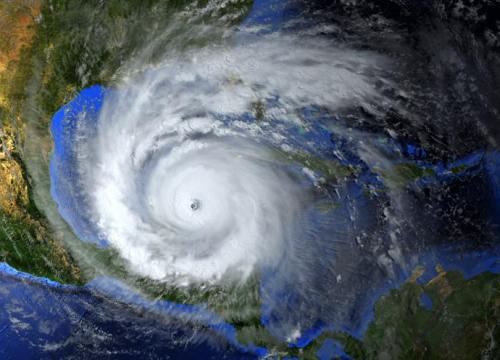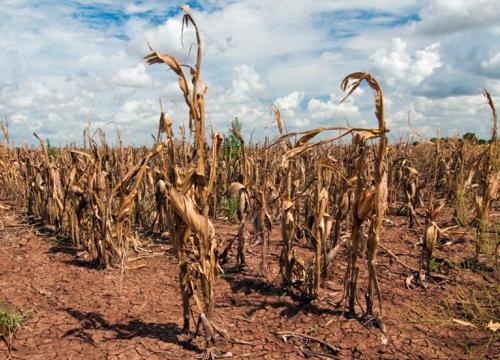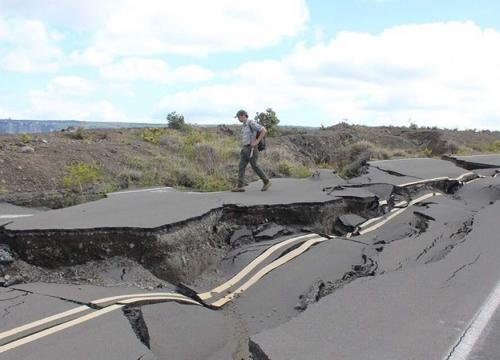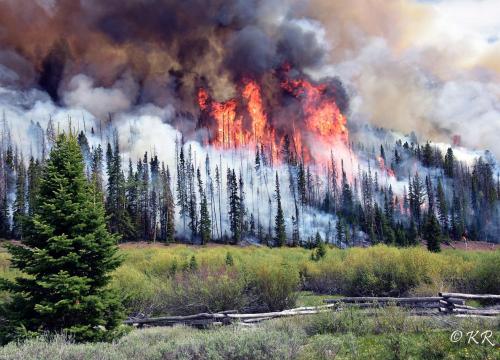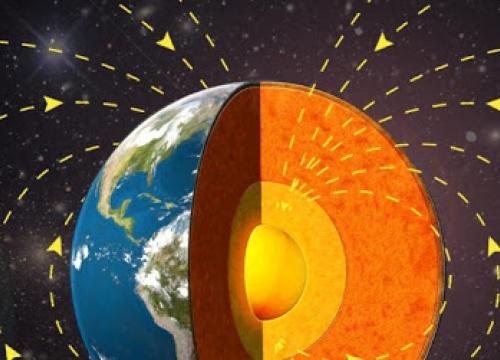Dr. Matthew Burgess talks about science policy and how math, economics, and climate science are related.
Goals Header
About the Presenter
Dr. Matthew Burgess is an Assistant Professor in Environmental Studies, with a courtesy appointment in Economics. His research focuses on natural resource management, endangered species conservation, and issues in global sustainability. He uses a combination of mathematical and computer modeling, data synthesis, and collaboration with stakeholders, in order to make conceptual advances and link them to practice.
Recommended Activities for e-Learning
For background reading on Matt Burgess’s talk, check out these news articles:
'Good News And Bad News As Carbon Dioxide Emissions Grow More Slowly Than Models Predict' (Forbes, February 18, 2020)
'Can we balance conservation and development? Science says yes' (Davos World Economic Forum Agenda, October 16, 2018)
Additionally, you can read Matt's research article on Protecting marine mammals, turtles, and birds by rebuilding global fisheries from Science magazine - Science 359 (6381) 1255-1258, doi: 10.1126/science.aao4248 .
Middle School – High School
In this hands-on learning activity, students explore the concepts of climate resiliency, planning, and economics as they prepare for the uncertainty of climate-related natural hazards. Students make city planning decisions and then play a game to test their resilience decisions against potential impacts from severe weather, climate change, and natural hazards. Although written for a class with groups of 3-5 students, this activity could be done at home or with family members, and results compared across students during an on-line session.
High School:
This video, Supercomputing the Climate, from the CLEAN collection provides an overview of how computer models work. It explains the process of data assimilation, which is necessary to ensure that models are tied to reality
This resource is a website from the CLEAN collection that is a self-contained, multi-part introduction to how climate models work. The materials include videos and animations about understanding, constructing and applying climate models.


